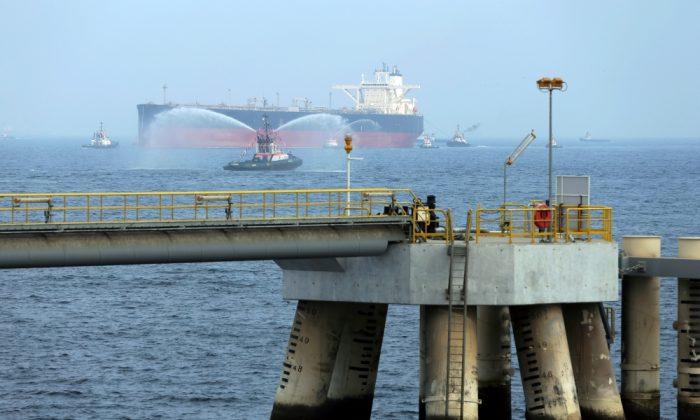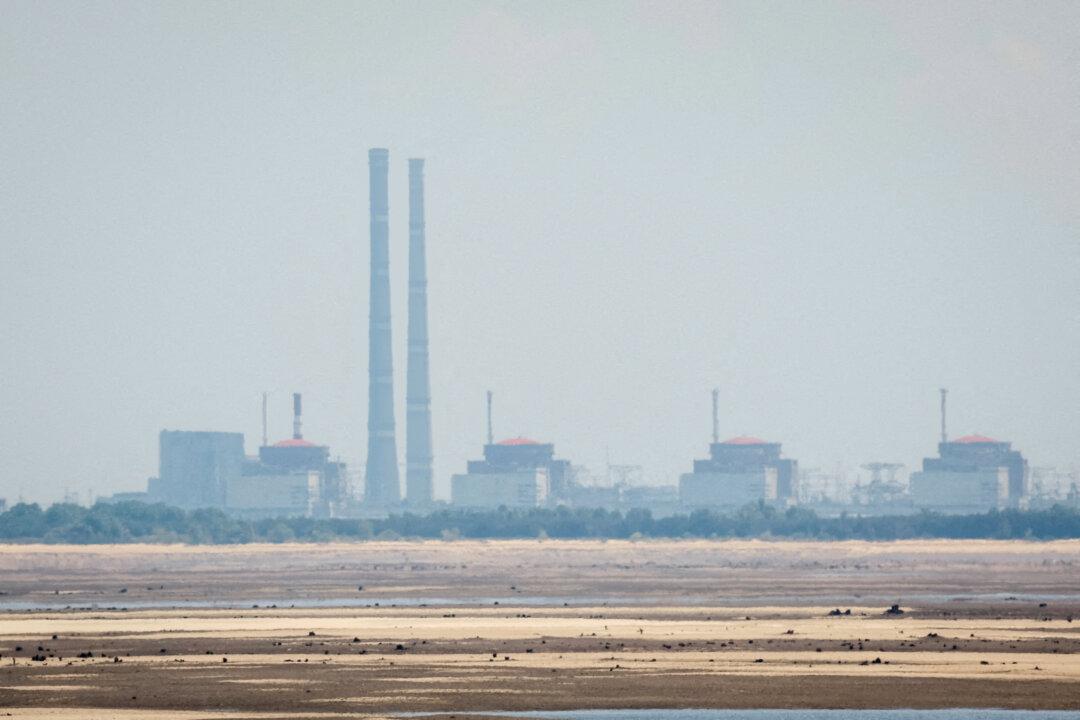LONDON—Oil rose to about $69 a barrel on May 27, supported by Middle East tensions and OPEC-led supply cuts, though concern over the U.S.-China trade dispute and global economy capped gains.
Supply cuts—both voluntary by the Organization of the Petroleum Exporting Countries (OPEC) and allies, plus those resulting from U.S. sanctions—have helped Brent crude, the global benchmark, rise by about 29 percent this year.
Brent was up 33 cents at $69.02 a barrel by 1334 GMT, having fallen by about 4.5 percent last week. U.S. West Texas Intermediate crude was down 30 cents at $58.33.
“The main factor preventing the market from going higher on the geopolitical news is really the concern about the global economy,” said Petromatrix oil analyst Olivier Jakob.
Both crude contracts registered their biggest weekly price declines of the year last week. Public holidays in the United States and Britain on May 27 limited participation, keeping volumes low.
Tension between the United States and Iran, with Washington’s announcement on May 24 that it would deploy more troops to the Middle East, is supporting the market but some analysts said its impact could be limited.
“This move further increases tensions in the regions, but with the U.S. and UK markets closed today and most of the geopolitical tension likely already priced into the market, effects on crude prices may remain subdued,” JBC Energy said in a report.
Nonetheless, concern about the global economy weighed. Figures on Monday showed that profits for Chinese industrial companies shrank in April while new orders for U.S.-made capital goods fell more than expected.
“The macroeconomic outlook does not look good,” Jakob said.
Money managers cut their net long U.S. crude futures and options positions—bets on rising prices—in the week to May 21, the U.S. Commodity Futures Trading Commission (CFTC) said on May 27.
In addition to the OPEC-led supply cuts, U.S. sanctions on OPEC members Iran and Venezuela have curbed their crude exports, reducing supplies further.
In comments suggesting OPEC isn’t in a rush to ease supply restraint ahead of a mid-year meeting to review policy, Kuwait’s oil minister said the market was expected to be in balance toward the end of 2019.
Brent’s price structure remains in backwardation, with prices for prompt delivery higher than those for future dispatch, suggesting a tight balance between supply and demand.






Friends Read Free